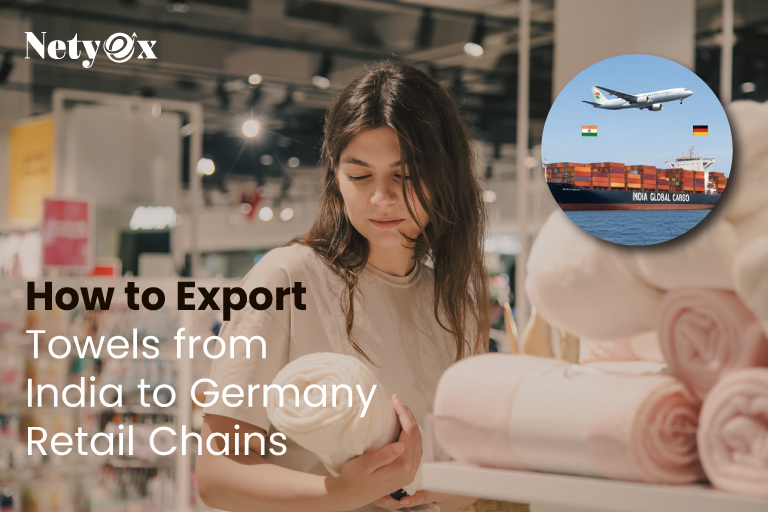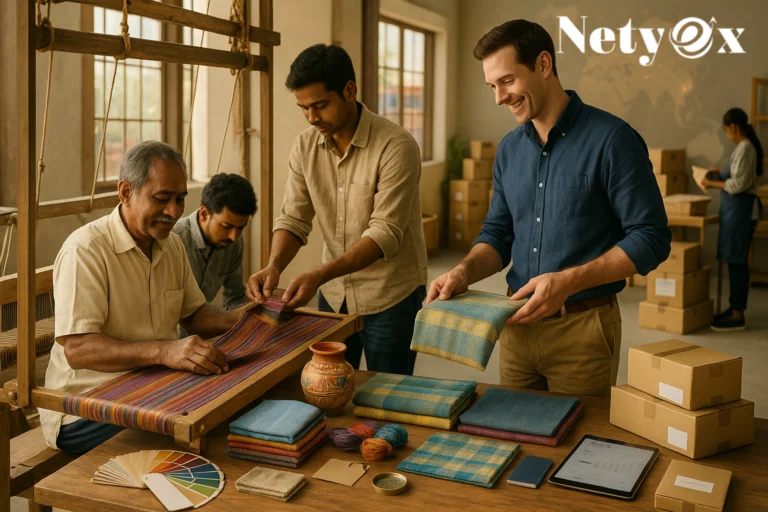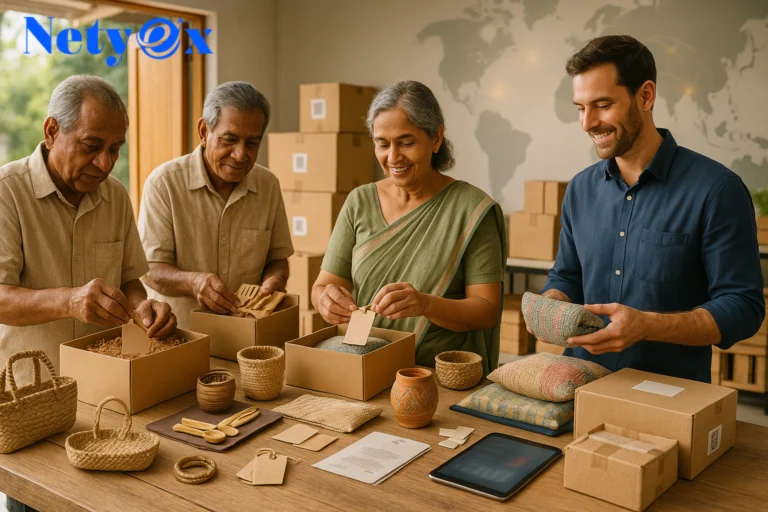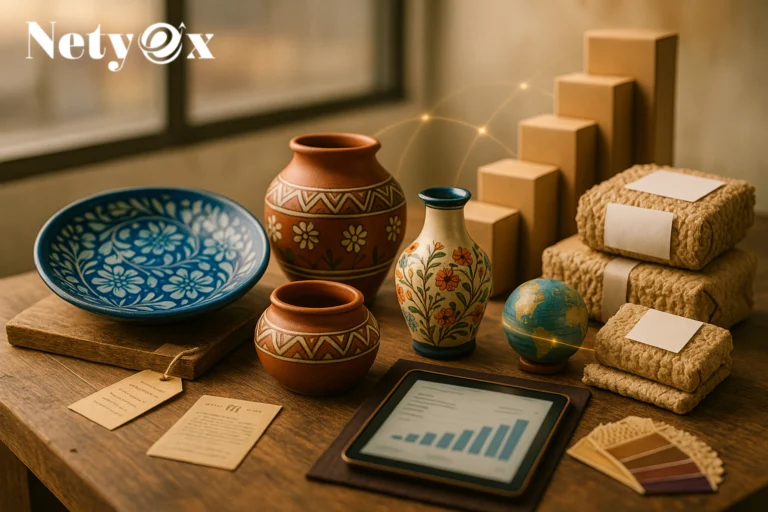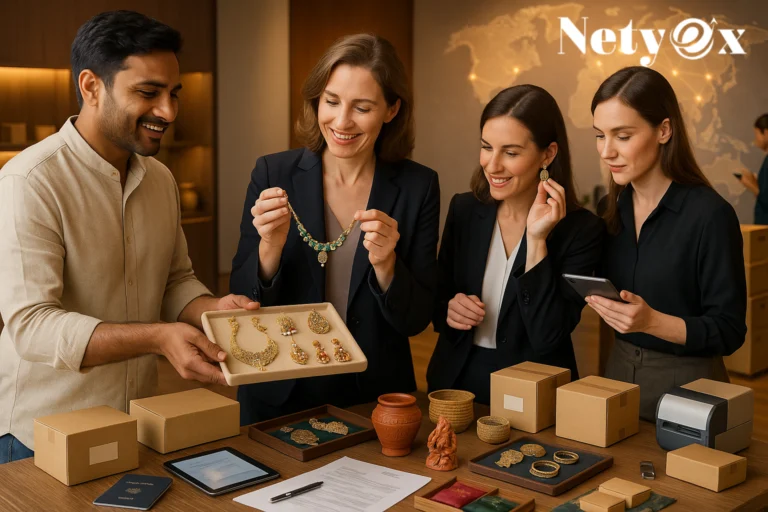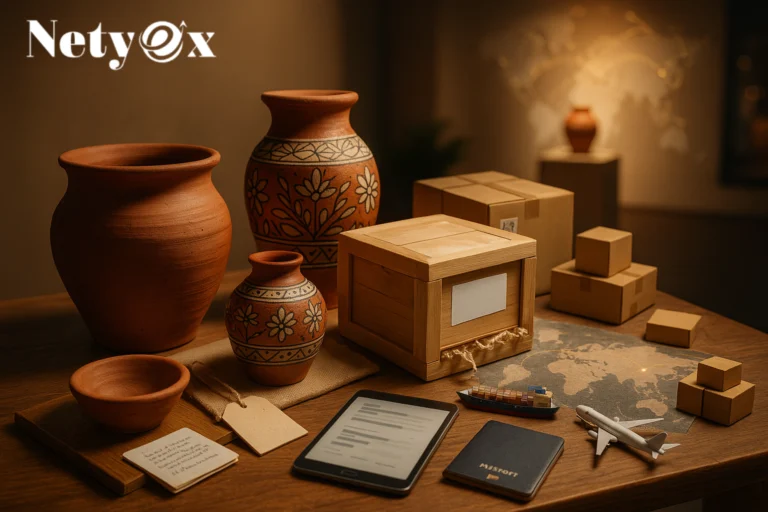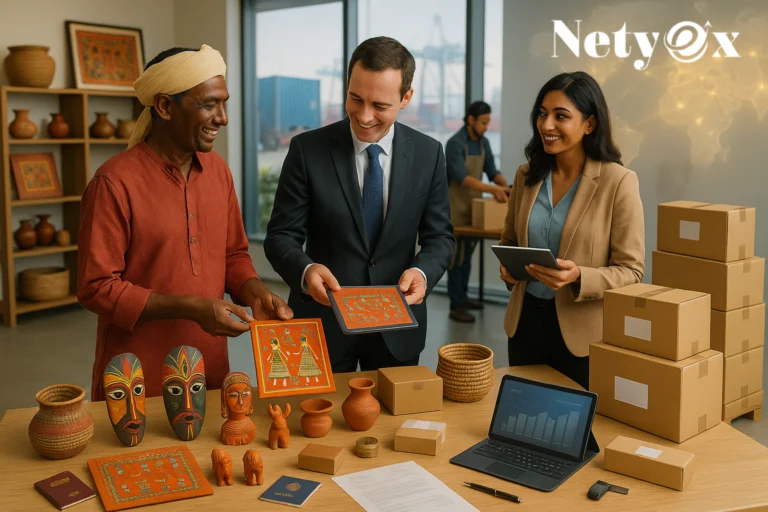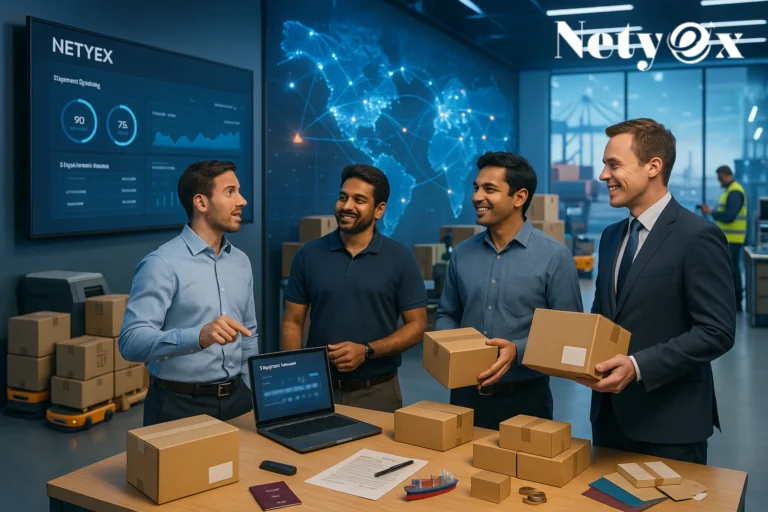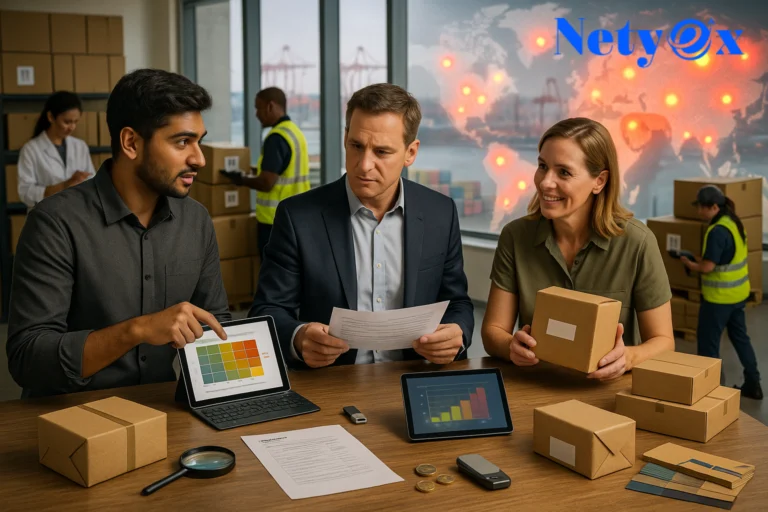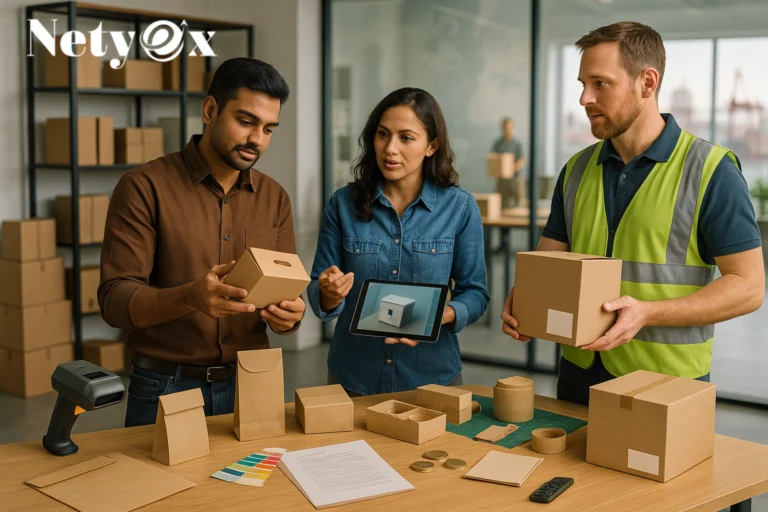Introduction to the Global Towel Export Market
The towel export industry is one of the most dynamic sectors in global textile trade. India, known for its superior cotton production and world-class weaving techniques, stands as one of the top suppliers of towels worldwide. From cotton bath towels to microfiber gym towels, Indian exporters cater to a wide range of global markets.
Germany, being Europe’s largest economy and a leading importer of textile goods, presents a lucrative opportunity for Indian manufacturers and traders. German consumers value quality, sustainability, and eco-friendly products—three areas where Indian textile producers have shown strong competitiveness in recent years.
According to the International Trade Centre (ITC), Germany imports over USD 400 million worth of towels annually, with India holding a significant share in this import category. The demand for premium and organic cotton towels continues to rise, especially among Germany’s large retail chains such as Metro AG, Rewe, Lidl, and Aldi.
Why Germany Is a Lucrative Market for Indian Towels
Germany’s retail ecosystem is built on high-quality consumer products, strict environmental standards, and strong brand trust. For Indian exporters, this represents both an opportunity and a challenge.
- Consumer Preference: Germans prioritize durability, softness, and eco-certifications like Oeko-Tex Standard 100 and GOTS (Global Organic Textile Standard).
- Retail Chain Demand: Retailers prefer working directly with manufacturers to ensure quality and price stability.
- Stable Economy: With consistent GDP growth and a strong Euro, Germany offers long-term stability for export contracts.
- Sustainability Trends: Eco-friendly and organic textiles are seeing a 20% annual growth in demand.
Thus, entering the German retail market requires aligning production and marketing with European textile compliance, sustainability, and design preferences.
Understanding Germany’s Import Regulations for Towels
Exporting to Germany involves meeting strict EU textile regulations, including labeling, safety, and environmental standards. Every product imported into Germany must comply with European Union directives related to consumer protection and fair trade.
CE Marking and Product Safety Standards
While CE marking is not mandatory for textile products, towels must still meet the General Product Safety Directive (GPSD) requirements. This ensures that no harmful chemicals, dyes, or materials are used in production.
Eco-labeling and Sustainability Certifications
To gain access to premium German retail chains, your towels should be certified by recognized bodies such as:
- Oeko-Tex Standard 100: Ensures textiles are free from harmful substances.
- GOTS (Global Organic Textile Standard): Required for organic cotton products.
- REACH Compliance: Regulates the use of chemical substances in production.
These certifications not only make your products market-ready but also build trust with German buyers.
Step-by-Step Process to Export Towels from India to Germany
Exporting requires following a structured process that ensures compliance, efficiency, and profitability.
Step 1 – Register Your Business and Obtain an IEC Code
To begin exports, register your business as an exporter under DGFT (Directorate General of Foreign Trade) in India and obtain an Import Export Code (IEC). Without this, no export shipment can legally leave India.
Step 2 – Identify Potential Buyers or Retail Chains in Germany
Research retail chains, distributors, and importers. Platforms like Europages, Kompass, and Alibaba can help you find verified German buyers. You can also approach sourcing teams of retailers like Metro AG, Rewe Group, and Galeria Karstadt Kaufhof directly through email or trade fairs.
Step 3 – Compliance Documentation and Product Testing
Ensure your towels meet German textile standards. Get your products tested and certified for chemical and color fastness, GSM (grams per square meter), and durability. Always maintain a technical data sheet for each towel type.
Step 4 – Logistics, Packaging, and Shipping Options
For Germany, sea freight is the most cost-effective route, with major ports like Hamburg and Bremen receiving Indian textile consignments. Use polyethylene packaging with moisture protection and include detailed labeling in German and English.
Step 5 – Payment Methods and Currency Exchange
Use secure payment terms like Letter of Credit (LC) or Document Against Payment (DAP) to reduce risk. Keep an eye on Euro-INR fluctuations to maintain profitability.
Key German Retail Chains That Import Towels
Germany’s major retail chains are open to international suppliers that can ensure volume, consistency, and compliance. Some of the largest buyers of Indian towels include:
| Retail Chain | Type | Buying Preference |
| Metro AG | Wholesale & Retail | Private label suppliers |
| Rewe Group | Supermarket chain | Eco-certified products |
| Aldi | Discount retailer | Price-focused suppliers |
| Lidl | Supermarket | Consistent bulk orders |
| Galeria Karstadt Kaufhof | Department store | Luxury and designer towels |
Pro Tip: To get approved as a supplier, start by sending samples with full certification and pricing breakdown.
Pricing and Costing Strategies for the German Retail Market
To compete successfully in Germany, you must develop a well-structured pricing model that reflects both the cost of production and market expectations. German retail buyers are price-sensitive yet quality-driven, so maintaining a balance between affordability and compliance is key.
1. Understand Cost Components
A typical towel export price includes:
| Cost Element | Description |
| Raw Material Cost | Cotton, dyes, yarn, and weaving cost |
| Labor & Manufacturing | Wages, electricity, and maintenance |
| Certification & Testing | GOTS, Oeko-Tex, and REACH compliance costs |
| Packaging & Branding | Eco-friendly packaging and labeling |
| Logistics & Freight | Sea or air shipping, insurance |
| Export Duty & Taxes | Indian export incentives, GST refund, etc. |
For example, a standard 500 GSM cotton towel may cost ₹120–₹150 to manufacture and can be exported at €2.50–€3.50 per piece depending on volume and quality.
2. Set Competitive FOB (Free on Board) Prices
FOB pricing is the preferred quote type for German buyers. Include all costs up to the port of shipment (like Mumbai or Chennai). Buyers handle freight and insurance thereafter.
3. Offer Volume Discounts
Large retail chains often place bulk orders exceeding 10,000 pieces per design. Offer a 2–5% discount on bulk purchases to maintain long-term partnerships.
4. Factor in Exchange Rate Fluctuations
Since transactions occur in Euros (EUR), consider hedging your currency or using forward contracts to stabilize your profits.
How to Find Importers and Distributors in Germany
Finding trustworthy importers is the backbone of successful exporting. Here are the most effective strategies:
1. Use B2B Portals and Databases
Platforms like:
- Europages.de
- Kompass.de
- Alibaba
- IndiaMART International Section
These portals allow you to create verified exporter profiles, upload catalogs, and receive inquiries directly from German buyers.
2. Contact German Trade Associations
Join associations like the German Textile and Fashion Industry Confederation (textil+mode) and Association of the German Retail Industry (HDE). They often share supplier listings and partnership opportunities.
3. Attend Virtual Buyer–Seller Meets
The Federation of Indian Export Organisations (FIEO) frequently organizes virtual trade meets connecting Indian exporters with European retailers. Participation in these events increases your credibility.
4. Partner with Indian Export Promotion Councils
Become a member of the Cotton Textiles Export Promotion Council (TEXPROCIL) or Apparel Export Promotion Council (AEPC) to gain market insights and leads.
Trade Fairs and Exhibitions for Textile Exporters
Germany hosts some of the world’s largest textile and home furnishing fairs — must-attend events for Indian exporters.
| Trade Fair | Location | Focus Area |
| Heimtextil Frankfurt | Frankfurt | Home textiles and fabrics |
| Domotex Hannover | Hannover | Floor textiles and interiors |
| Tendence Frankfurt | Frankfurt | Consumer goods and home products |
| Intertextile Europe | Cologne | Apparel and fabric materials |
Attending or exhibiting at Heimtextil is particularly beneficial, as over 2,500 exhibitors and 60,000 buyers from all over Europe participate each year.
Shipping, Customs, and Documentation Essentials
Shipping from India to Germany requires precision in documentation and adherence to both Indian and EU export regulations.
1. Core Documents Required
- Commercial Invoice – Details transaction terms
- Packing List – Specifies contents of each package
- Certificate of Origin (COO) – Issued by Indian Chamber of Commerce
- Bill of Lading (B/L) – Issued by the shipping company
- Export Declaration (EDF) – Submitted electronically to RBI
- Insurance Certificate – Coverage for transit damage/loss
2. Customs Clearance in Germany
Once goods reach ports like Hamburg, importers file an Entry Summary Declaration (ENS) under the EU Customs Code. Duties are assessed based on HS code 63026000 (Towels and Similar Articles of Cotton).
Pro Tip: Use Authorized Economic Operator (AEO) certified logistics partners for faster customs clearance.
Digital Marketing for Export Businesses
In 2025, digital presence is a decisive factor for export success. Many German buyers research suppliers online before placing inquiries.
Effective Digital Strategies:
- LinkedIn Outreach: Connect with sourcing managers from Rewe, Metro, and Aldi.
- B2B Email Marketing: Send well-structured product catalogs to targeted buyers.
- Website SEO: Optimize your site for keywords like “Indian towel supplier Germany” and “cotton towel exporter Europe.”
- Google My Business: Add your export business to boost credibility.
- Trade Portals: Regularly update your profile on Alibaba, Global Sources, and Europages.
Challenges and Risk Management in Towel Exports
Despite promising opportunities, exporters must address several challenges when entering the German market.
| Challenge | Possible Solution |
| Stringent EU quality standards | Obtain Oeko-Tex, GOTS, and REACH certifications |
| Payment risks | Use LC (Letter of Credit) or escrow accounts |
| High competition | Focus on eco-friendly and niche products |
| Logistics delays | Partner with reliable freight forwarders |
| Language barriers | Hire a translator or bilingual export agent |
Building long-term relationships with buyers based on trust, transparency, and consistent quality helps mitigate these challenges effectively.
FAQs About Exporting Towels from India to Germany
1. Do I need a special license to export towels from India?
You only need an Import Export Code (IEC) issued by DGFT. However, textile certification like Oeko-Tex or GOTS is essential for the German market.
2. How long does shipping from India to Germany take?
Sea freight typically takes 25–30 days, while air freight takes 5–7 days depending on the logistics provider.
3. Can small businesses export towels to German retail chains?
Yes! Even small exporters can start by supplying to distributors or wholesalers who already serve retail chains.
4. What are the top towel varieties in demand in Germany?
High GSM cotton towels, bamboo fiber towels, and organic cotton bath sheets are highly preferred by German consumers.
5. What documents are mandatory for customs clearance in Germany?
The commercial invoice, packing list, bill of lading, certificate of origin, and insurance certificate are mandatory.
6. How can I find German buyers for towels online?
Join platforms like Europages, Kompass, or attend trade shows like Heimtextil Frankfurt for verified buyer connections.
Conclusion – Building a Profitable Export Business
Exporting towels from India to Germany’s retail chains is more than just a trade opportunity — it’s a gateway to establishing a global textile brand. By ensuring top-notch quality, eco-compliance, and professional communication, Indian exporters can tap into one of Europe’s most rewarding markets.
Focus on:
- Maintaining certifications and transparency
- Investing in sustainable production methods
- Establishing long-term partnerships with German buyers
With the right strategy, consistency, and adherence to German market standards, you can build a thriving export business that stands out in Europe’s textile landscape.



